
In the world of culinary products there is a small group of those for which the storage time is a beneficial factor that allows for greater nobility of taste. As a good example, we can mention wines that have matured for decades to please the palate of wealthy connoisseurs. Unfortunately, this rule does not apply to oil, whose properties and taste virtually from the moment the finished product is obtained are slowly degraded. It is worth asking yourself: how to store oil to slow down this aging process ?
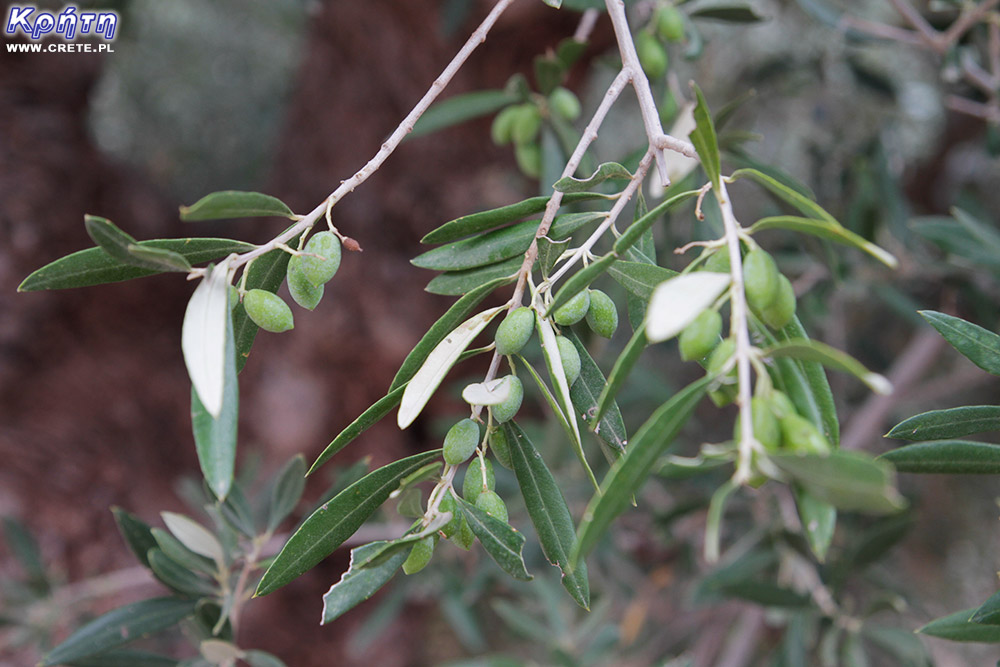
Three researchers, Bouthein Gargouri, Akram Zribi and Mohamed Bouaziz, who work at the University of Sfax in Tunisia on a daily basis, sought to answer this question. In 2014, they published the results of a series of comparative studies on the composition of oil stored in various types of containers . Bottles made of plastic (polyethylene), dark and transparent glass, as well as a metal can were taken under a magnifying glass.
The starting point was to pour into all containers identical oil with the tested initial chemical composition and specific taste values. Then the samples obtained in this way were stored for a period of 180 days under the same temperature and lighting conditions imitating the conditions prevailing in the store or on the kitchen shelf (room temperature, moderate exposure to diffused daylight).
During a six-month period at predetermined intervals, scientists studied the changes in oil stored in various types of containers . Both chemical composition and taste were tested. In this study, particular attention was paid to checking the amount of antioxidants (polyphenols, carotenes and chlorophylls) found in individual oil samples. As part of the analyzes, the acidity index was also determined, the amount of which adversely affects the quality of the oil. Scientists have also carried out tests to determine the stability of oxidation.
Finally, all samples were subjected to sensory evaluation at each stage. This least scientific part of the analysis was conducted in accordance with the guidelines for conducting this type of research. The samples were placed in a standardized glass vessel and then heated for 15 minutes to a temperature of about 30 ° C. Five experienced evaluators classified the oil according to its own sensory descriptors, whose description was based on standard tests of this type.
One of the more obvious statements that are also supported in other studies of this type is that the biggest enemy of oil is the free access of light and oxygen contained in the air. Both factors have the greatest impact on the processes causing oil oxidation and the formation of adverse fatty acids.
It is worth emphasizing at the outset that with a long storage period of more than 6 months, it is very difficult to completely stop the degeneration of oil, regardless of the raw material from which the packaging was made. However, this does not mean that the type of material is completely irrelevant and does not affect the quality of the oil. A study by Tunisian scientists clearly shows that by using specific packaging, you can enjoy the positive properties of the oil for longer. In most studies, definitely the best results were recorded for samples that were stored in bottles made of dark glass and in metal cans. The worst results, however, were those that were stored in a bottle made of plastic and transparent glass.
It is not worth stopping at these vague statements, because depending on the type and duration of the test, the results of individual samples give additional indications to determine the preferred materials from which the packaging is made. Let's start with acidity, which is one of the basic determinants of olive oil quality. This parameter has a direct impact on the taste and aroma of the oil. In production, the lowest value of this parameter is desirable. In Europe, a value of 0.8% is used as the upper limit for extra virgin oils.
In a study by Tunisian scientists, the initial value of this indicator was 0.3%. Until the 75th day of storage, determining the best type of packaging is relatively difficult. All samples showed a comparable, slight increase in acidity reaching 0.35-0.375%. It is only in the last cycle of the study, after a period of half a year of storage, that a clear advantage of bottles made of dark glass and metal cans is revealed. The latter material obtained the best acidity score in the whole test, finally reaching slightly below 0.45%. Samples stored in bottles made of clear glass and plastic recorded more than 0.1% worse results. Based on these results, it is clear that maintaining low acidity depends to a large extent on how much light access to the oil will be limited.
Another parameter considered in this study was how quickly the oil underwent oxidation, or rancidity. Similarly to the determination of acidity, up to the 75th day the samples showed quite similar level of oil oxidation. Greater variation in results can only be seen after the last test after 6 months. A comparable, low level of oxidation is found in oils stored in bottles made of dark glass and in metal cans. Clearly, the worst case was again plastic packaging, whose oxidation index was about 2.5 times worse than oil stored in a dark glass bottle. Certainly, this was due to the fact that the bottle made of polyethylene has the highest air permeability.
Interestingly, scientists from Tunisia have noticed that the process of protection against rancidity, i.e. oxygen metabolism of fat, depends not only by limiting the contact of oil with oxygen. The case of not very good results of bottles made of transparent glass shows that again protection against light is equally important, as it enhances the primary processes of oil oxidation and decomposition.
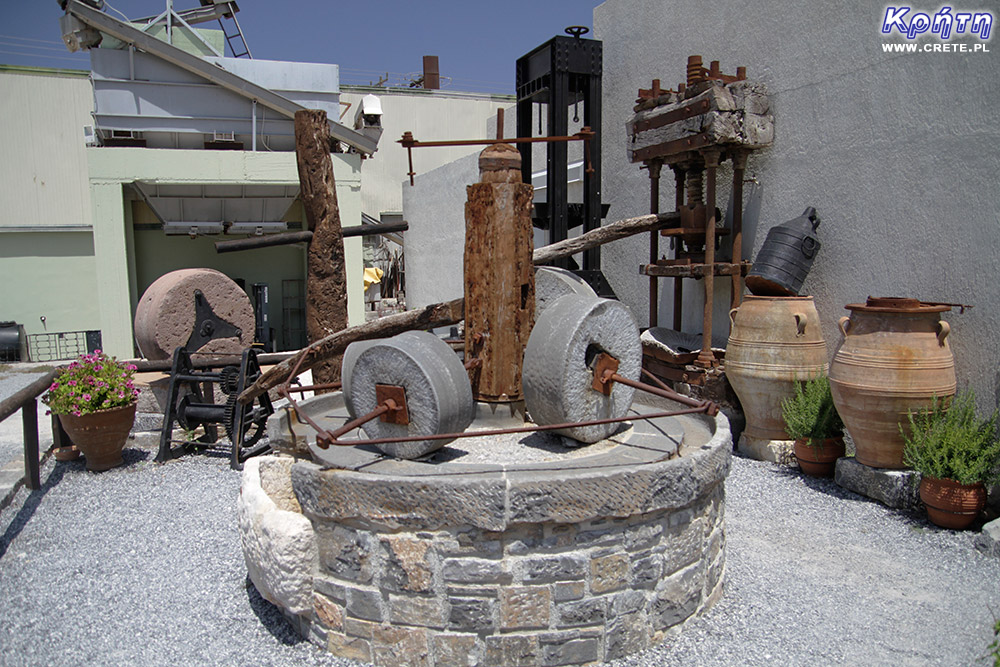
Old oil-pressing equipment
The next factors that were examined in this study were the content of dyes. Chlorophylls are responsible for the characteristic greenish color of the oil. Carotenoids, on the other hand, are natural pigments with a yellow color. The results obtained by scientists clearly show that both dyes are very sensitive to light. Storing oil in a transparent package, in particular, strongly affects the content of chlorophylls. In the case of a bottle made of plastic, the amount of this green pigment was virtually negligible after six months. In this respect, the container made of transparent glass was not much better, where the amount of chlorophylls after 6 months was only slightly above zero. It is worth noting that for both materials, the loss of chlorophylls was very rapid and a significant part of them decayed after just 25 days.
In this part of the study, the metal can was definitely the best, where the decrease in the amount of chlorophylls was the smallest and in the period of half a year was slightly over 10% from the original value of about 1.6 mg per kg of oil. Only a slightly worse bottle made of dark glass.
On the other hand, the breakdown of carotenoids was slightly different. Their quantity has systematically decreased over time in all types of packaging. However, this process was the strongest for bottles made of plastic and clear glass. As in the case of chlorophylls in oils stored in these containers, the amount of carotenoids decreased to almost zero after six months. The best results were made of metal and dark glass, where the amount of carotenoids in half a year decreased by about half.
This part of the research confirms again that oil should be protected from sunlight at all costs. The process of carotenoids and chlorophylls loss is the strongest in the case of packaging made of transparent materials. Of course, this does not mean that the oil stored in them after half a year will lose its color completely. As a result of the breakdown of chlorophylls, the color of the oil will certainly change, e.g. towards shades of brown ??. What is important to emphasize is not only the change in the color of the oil, but also that pigments undergoing unfavorable changes cause the formation of hydroxide compounds responsible for the unpleasant taste and smell of the oil.
In the case of these extremely useful substances, a decrease in their content in olive oil was noticed in practically every type of packaging. The results show, however, that packaging that protects against light and air allows for retaining more of these substances in olive oil. In this study, the plastic container again suffered the worst, with a drop in polyphenols of about half. The metal can, however, got the highest grade, slightly ahead of the dark glass bottle. These packaging, with oil storage for six months, allowed about three-quarters of the original state of polyphenols to be preserved.
It is worth adding here that, apart from the health aspect, the polyphenol content also has a direct impact on the taste and smell of the oil. The substances included in this group of compounds are responsible for the dominance of pungent taste. Reduction in their quantity and breakdown cause that the oil begins to dominate the aftertaste of bitterness (this feature is considered a disadvantage in the case of oil).
The determination of the change in taste and smell of the oil was carried out in relation to fresh oil. The study was conducted in accordance with the standards of the International Olive Council (IOOC). The first clear changes in organoleptic characteristics were noticed after the 75th day of storage. They concerned packaging made of plastic and transparent glass. Olive oil stored in bottles made of these materials had a lower intensity of positive qualities, such as sharpness and fruity aroma and taste. This was most likely caused by a photo-oxidation process leading to the breakdown of chlorophylls and phenols.
After 6 months of storage, these differences further deepened. Additionally, in the case of packaging made of transparent materials, a rancid aftertaste appeared. It was particularly intense in the case of plastic packaging. Looking through the prism of previous physico-chemical tests, the result of the organoleptic test is not surprising. The packaging made of plastic was the worst in individual tests and had the most negative effect on the chemical composition of the oil.
This study clearly emphasizes the impact of oil storage on the preservation of its taste and positive health characteristics. Clear winners are bottles made of dark glass and metal cans. This type of packaging best protects the oil against external factors adversely affecting its characteristics.
For long storage periods, you must definitely avoid any packaging made of transparent materials. This information particularly applies to oils that are originally bottled into this type of bottle. Much of the positive qualities and healthy potential in these oils are lost at the distribution and sales stage lasting many days. If you still bought such oil, it is worth immediately pouring it into another airtight container that does not let in light.
The results of this study should also be treated as a universal tip on how to store oil, which is highly sensitive to the effects of even diffused light accelerating photo-oxidative processes. When storing oil, it is worth using places that provide good protection against the sun (e.g. kitchen cabinet). It is also worth considering pouring the oil into another container in case the original packaging does not ensure adequate tightness against fresh air.
Packaging made of plastic must be treated as a temporary short-term oil storage form. These guidelines in particular apply to oils purchased from local residents selling their own oil at various types of shops or stalls. Originally, this oil is usually stored in large airtight tanks made of stainless steel, which provide excellent conditions for protection against external influences. Before selling, this oil is poured into plastic bottles. The purchase of such oil should be approached with a large reserve, especially when it is sold at stands exposed to direct sunlight.
The optimal situation is when, when you buy it, the oil is poured into this type of bottle directly with you. Personally, we sometimes bought oil sold this way. We are very cautious about all kinds of stalls set up by the roads, where it is difficult to verify the original conditions of oil storage and the time that has elapsed since it was poured into a plastic bottle.
Another aspect in favor of buying oil from larger producers is that at least some of them at the bottling stage are pre-filled with inert gas (e.g. nitrogen). This allows minimizing oil contact with air at the distribution stage. It also reduces the initial oxidation process, which can be supported by photochemical processes at a later stage of storage.
Source
If you would like to read the detailed results of this study, please read the original English study available on the following page: www.ncbi.nlm.nih.gov You will find there both the results of individual studies and the methodology used to carry them out. This publication certainly is devoid of any misrepresentations and incorrect terminology, which possibly appeared in our shortened article.
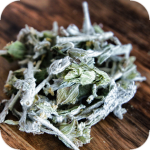
If you are going to Crete for the first time, be prepared for the explosion of real flavors and aromas. Cretan vegetables and fruits are fresh and full of flavor, while wild herbs that smell in the air, emphasize the taste of simple dishes with their intense aromas.
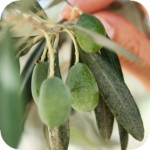
Greece is the third largest oil producer in the world after Spain and Italy with a market share of over ten percent in the global market. Seeing the many olive groves on Crete probably will not surprise you that less than 1/3 of the total production of Greek oil comes from this island. Similarly high, because almost 27% share only olive groves located on the Peloponnese.
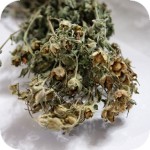
Purge belongs to a group of plants that are sometimes also called rock roses. Usually, these are small evergreen shrubs that are intensely covered with flowers during flowering. The area of occurrence of these plants is the southern part of Europe, characterized by a moderate climate - mainly the area of the Mediterranean and Black Sea basins. Many of the 120 species of these plants are also found in the area of both Americas.
Komentarze
Wypełnij poniższy formularz aby dodać komentarz